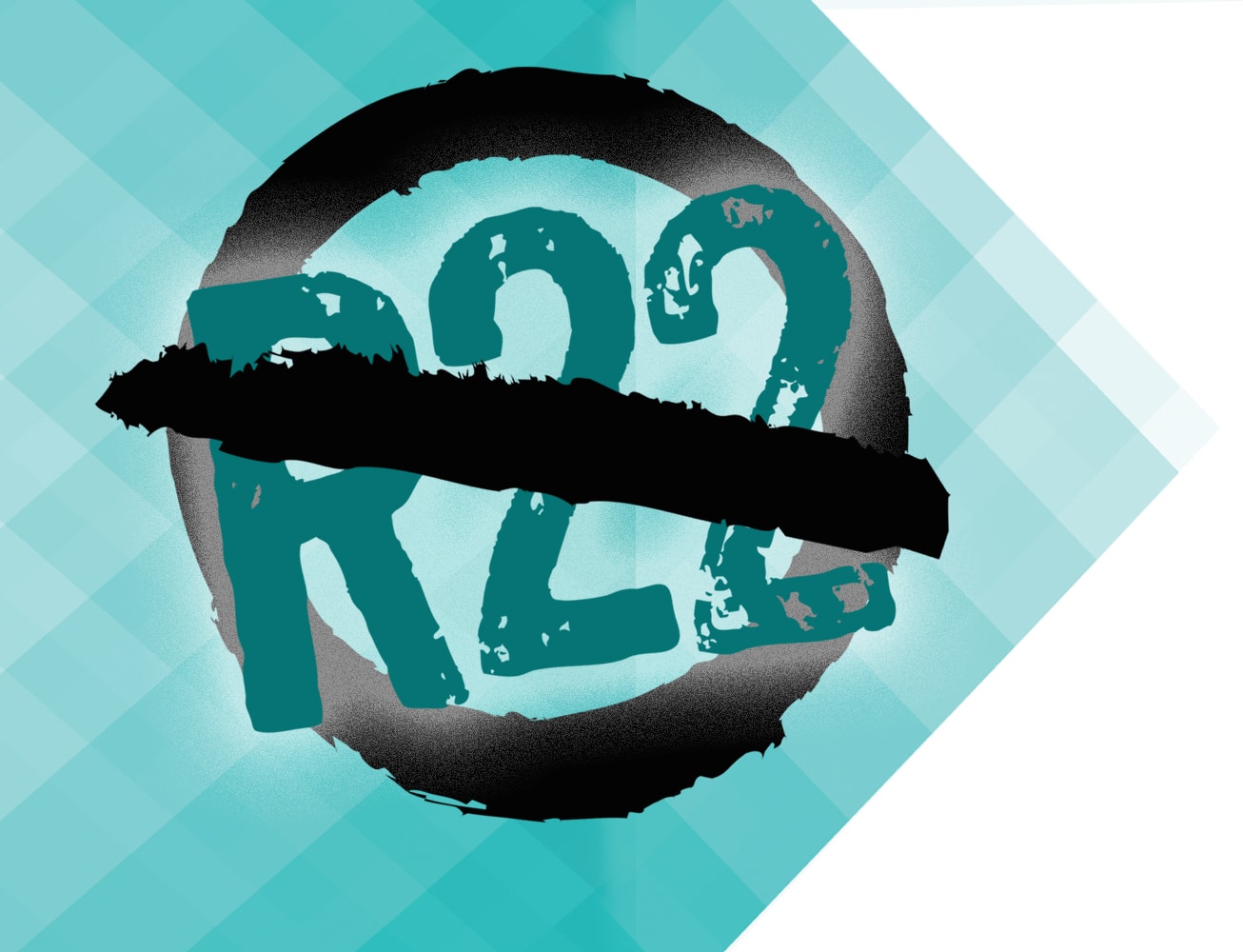5 Reasons Why Your HVAC Unit is Loud Do you find your HVAC unit excessively…

What You Need to Know About the R-22 Phase Out in 2020
What You Need to Know About the R-22 Phase Out in 2020
As the end of 2019 approaches, we’ve been getting a lot of questions about the ongoing phaseout of R-22. For those who haven’t already heard, the refrigerant R-22 (commonly known as Freon) is being phased out in the United States. Starting in 2020, it will be illegal to manufacture R-22 or import it into this country.
What does this mean for you, as a homeowner? Let’s go through some of the frequently asked questions about the R-22 phaseout so that you can be prepared.
- Why is R-22 being phased out?
The refrigerant R-22 is a chlorofluorocarbon (CFC). Over the past decades, the United States and other countries have started taking steps to limit the release of CFCs. Phasing out the use of R-22 is one of those steps.
See Also: The Difference Between R22 and 410a
- Will it be illegal to have an HVAC system that uses R-22?
No. If your existing system uses R-22, you can continue to use it. And we can continue to service it. Only manufacturing and importing R-22 will be banned—not using it or recharging units with it. However, at some point there won’t be any R-22 left to recharge units with.
- How long will R-22 continue to be available?
The short answer is, we don’t know. We will continue providing it to customers as needed until we can’t get any more of it. It might run out in a month—or it might be two years. We’ll let you know when it’s no longer available.
- Will you put a “drop in” replacement refrigerant into my HVAC system?
No, we will NOT use a drop in.
See Also: Why is HVAC Refrigerant so Expensive
- How do I know if my current HVAC system uses R-22?
Check the manufacturer’s label on your outside unit. It should list either R-22 or R-410a as the refrigerant (sometimes R-22 is listed as HCFC-22). If your unit uses R-410a, then you don’t need to worry about the phaseout. R-410a is the refrigerant being used in new units instead of R-22, because R-410a does not damage the ozone layer.
- If my unit does use R-22, what are my next steps?
First of all, don’t panic. If you haven’t had your unit serviced in a while, it would be a good idea to have the refrigerant charge checked and any leaks sealed so that the R-22 you’ve got will last as long as possible.
Next, explore your options. If your unit uses R-22, it’s probably at least ten years old. The average lifespan for an air conditioner or heat pump is about 10-15 years, so it might be time to consider replacing your unit anyway. Older units generally have lower efficiency and a greater risk of breakdown.
One proactive step you can take is getting a quote for replacing your old R-22 system with a new system that uses R-410a. Getting a quote from us is free, and it will allow you to plan ahead financially.
The R-22 phaseout will be challenging for everyone, but we will strive to make it as painless as possible for our customers. If you have any further questions or concerns, or would like to request a quote, don’t hesitate to call. We’re here for you!
See Also: Refrigerants of the Past, Present and Future
See Also: Things to Consider when Replacing your Existing HVAC Unit



